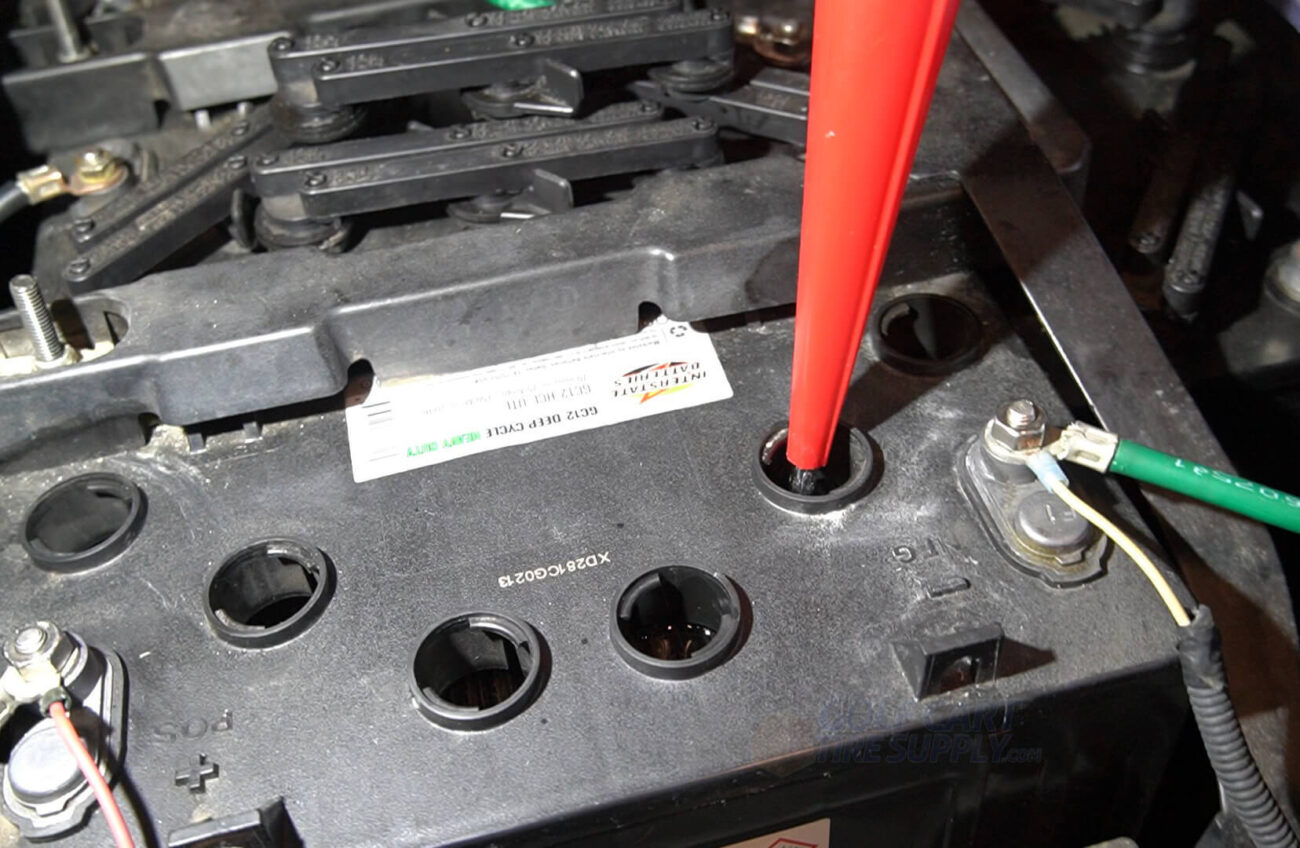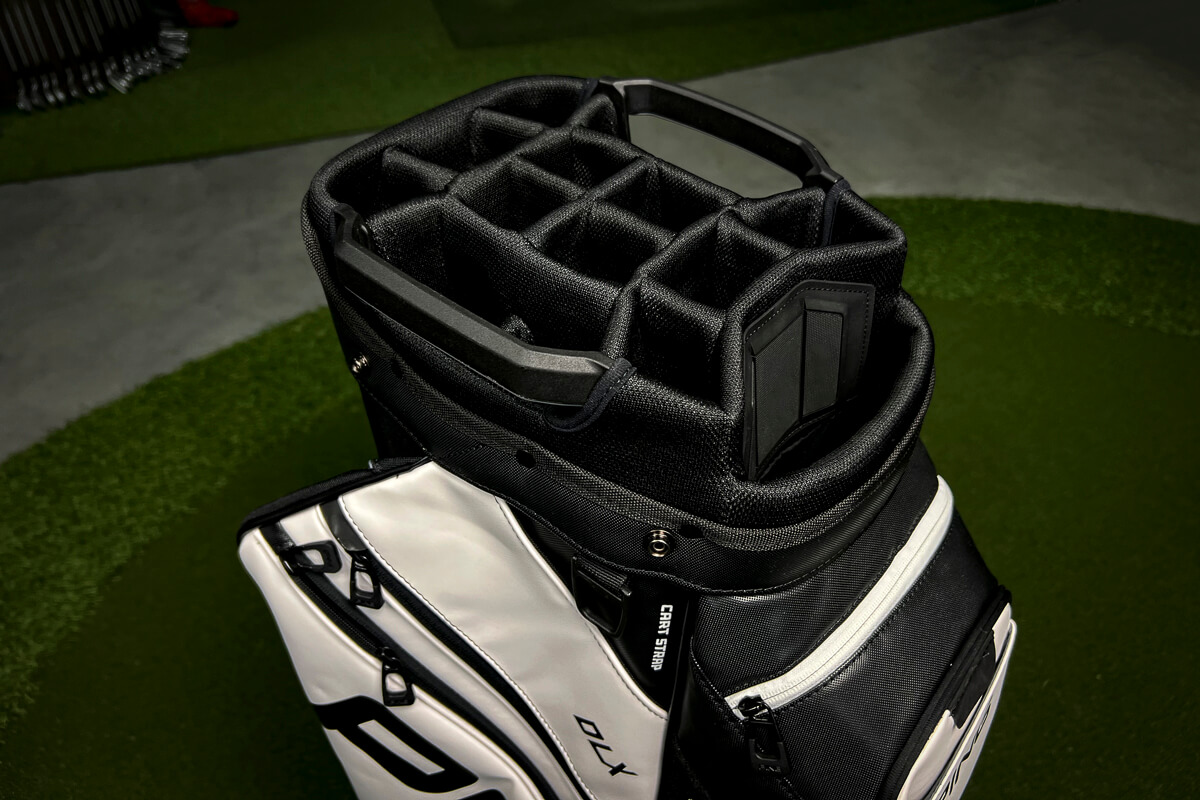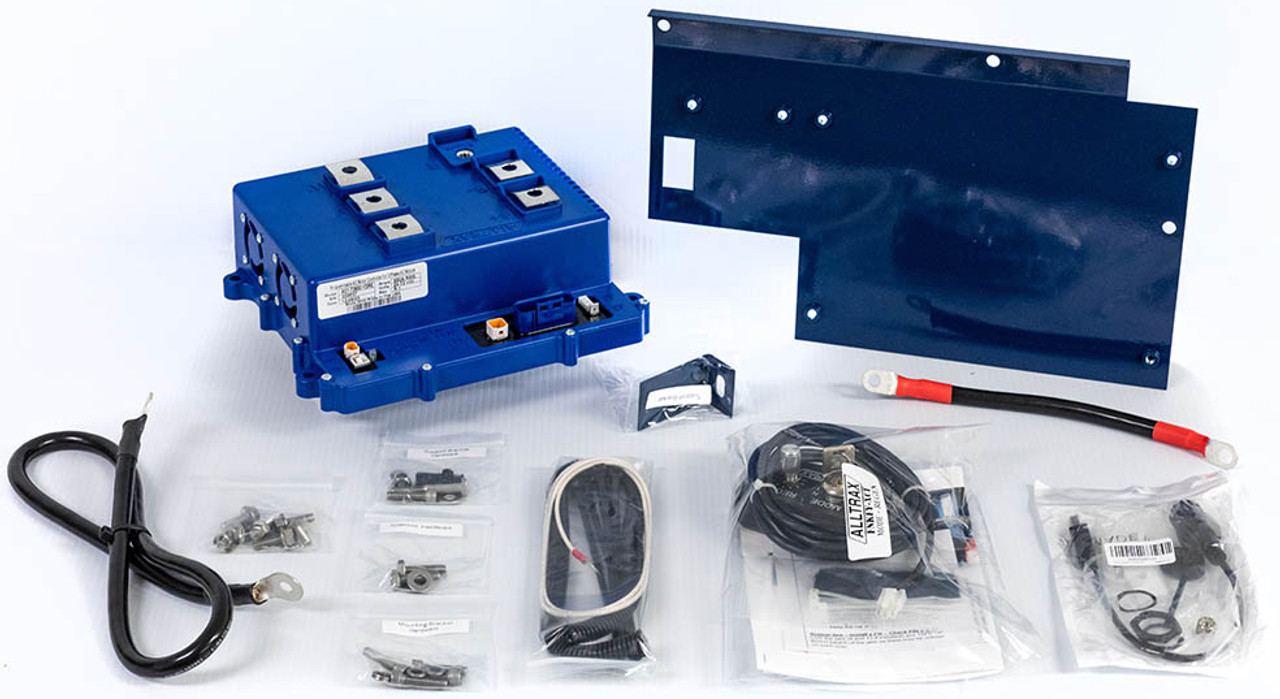
How to Adjust the Governor on a Yamaha Golf Cart
If you're looking to increase the speed of your Yamaha gas-powered golf cart, adjusting the governor is an effective way to do so. By making a few simple adjustments to the governor, you can improve the cart's top speed while maintaining engine efficiency. In this article, we’ll walk you through the steps for adjusting the governor on a Yamaha golf cart, as well as safety tips to ensure you don't damage your engine in the process.
Steps for Adjusting the Governor on a Yamaha Golf Cart
Adjusting the governor on a Yamaha golf cart is a relatively simple task that can be performed with basic tools. However, it’s important to make incremental adjustments and test the cart regularly to avoid over-speeding or damaging the engine. Follow these steps to safely adjust the governor on your Yamaha golf cart:
1. Locate the Governor
The first step in adjusting the governor on your Yamaha golf cart is to locate the governor itself. On most gas-powered Yamaha golf carts, the governor is located under the rear inspection panel, near the driven clutch. You may need to lift the seat or remove any panels that block access to the rear of the cart in order to reach the governor. Once you've removed the necessary panels, look for the governor mechanism, which is typically a metal arm attached to the engine.
2. Identify the Adjustment Point
Once you've located the governor, the next step is to identify the adjustment point. You’ll find a threaded rod attached to the governor. This rod is used to control the speed of the engine by adjusting how much throttle the governor allows. At the end of the threaded rod, there will be a nut that can be tightened or loosened to control the governor’s tension. By adjusting the nut, you can increase or decrease the engine speed, which directly affects the top speed of the golf cart.
3. Tighten the Nut
To increase the speed of your Yamaha golf cart, use a 10mm wrench to tighten the nut on the threaded rod. This action exposes more of the threaded rod, which in turn increases the engine speed. Make sure to make small, incremental adjustments. Tightening the nut too much in one go can lead to over-speeding, potentially causing engine damage or excessive wear on the components.
Start by making small adjustments and testing the cart after each change. This will allow you to find the optimal speed without over-stressing the engine or other components.
4. Test and Adjust
After tightening the nut, test drive the golf cart to check its speed. Take the cart for a short drive and monitor how it behaves. If the cart reaches the desired speed and handles well, you’re done! If not, repeat the process and make additional small adjustments to the governor as needed. Always test the cart after each adjustment to avoid over-speeding, which could lead to engine damage.
Remember, it’s essential to avoid making large changes all at once, as this can strain the engine and affect performance. Keep making small adjustments and regularly testing the cart until you reach your desired speed.
How Do I Know if My Speed Controller Is Bad on My Golf Cart?
If your golf cart isn’t reaching the desired speed or seems to be underperforming, the problem might not be the governor but rather the speed controller. The speed controller regulates the power that is sent to the motor and can be a source of issues if it’s faulty. Here are some signs that your speed controller might be bad:
- Loss of Power: If your golf cart struggles to gain speed or has intermittent power loss, the speed controller could be malfunctioning.
- Erratic Speed: If the speed of your golf cart fluctuates unexpectedly, this may indicate an issue with the speed controller.
- Motor Stalling: If the motor stalls or fails to start, the speed controller may not be sending the proper signals to the motor.
- No Response to Throttle: A non-responsive throttle or inability to accelerate when pressing the pedal is a clear sign that the speed controller is malfunctioning.
If you suspect that your speed controller is bad, it’s best to consult a professional technician. Replacing or repairing a faulty speed controller can restore your cart's performance and ensure smooth operation.
Maintaining Your Golf Cart’s Speed and Performance
Regular maintenance is essential to keep your Yamaha golf cart running smoothly and maintain its speed. In addition to adjusting the governor, it’s important to check the condition of the motor, battery, and speed controller regularly. Keep your cart clean and ensure that the tires are properly inflated to optimize performance. Also, lubricate moving parts to prevent wear and tear, which can reduce efficiency and speed over time.
By performing routine checks and adjustments, you can extend the lifespan of your golf cart and keep it performing at its best. Whether you’re adjusting the governor or upgrading components like the motor or battery, proper maintenance will help you get the most out of your Yamaha golf cart.
Conclusion
Adjusting the governor on your Yamaha golf cart is a simple and effective way to increase its speed. By following the steps outlined in this guide, you can make safe and incremental changes to boost performance. Whether you’re looking to get more speed from your gas-powered cart or improve its overall efficiency, making small adjustments and maintaining your cart regularly will help keep it in top condition.





Add a review
Your email address will not be published. Required fields are marked *